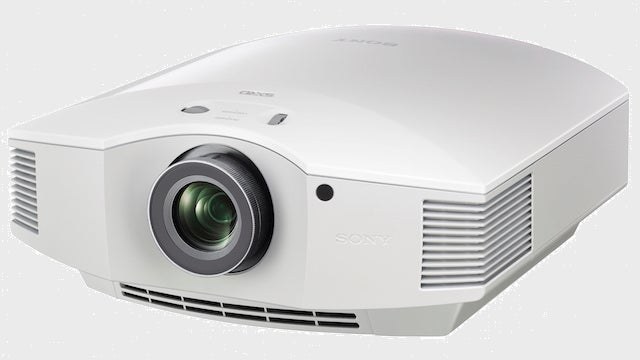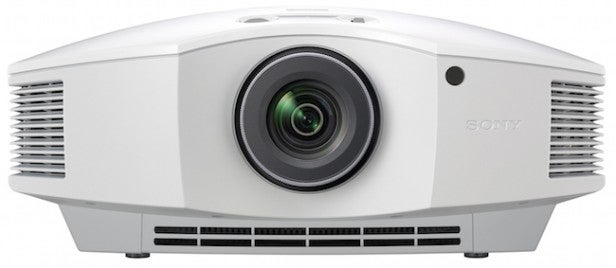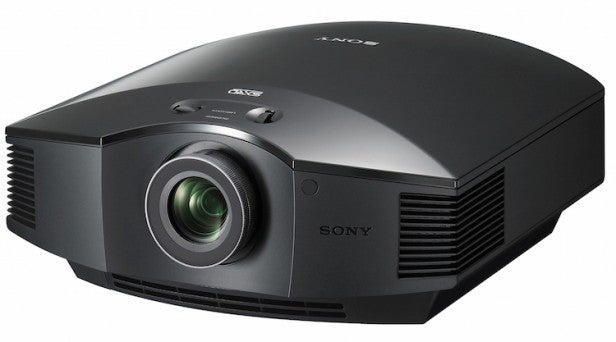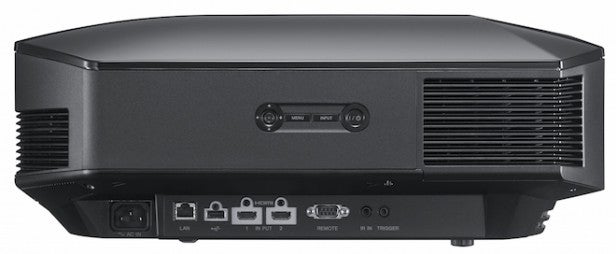Sony VPL-HW65ES Review - Picture Quality Review
Picture Quality
It might not be 4K, but this projector is still brilliant.

Sections
- Page 1 Sony VPL-HW65ES Review
- Page 2 Picture Quality Review
- Page 3 3D and Conclusions Review
Sony VPL-HW65ES – Picture Quality
The HW65ES adds to a long line of outstanding Sony SXRD projectors and offers terrific picture quality.
Leading the charge is a great black level performance. This means dark scenes look more realistic and are among the most natural and immersive I’ve ever seen from a projector using HD SXRD technology. Not even the best mid-range DLP projectors can get as truly black as the HW65ES. The Sony model is also completely free of the low-level greenish speckling noise you tend to get with single-chip DLP projectors in dark areas.
JVC’s D-ILA projectors can go deeper still in the black department, but arguably only from the brand’s new JVC X5000 upwards – and the X5000 costs £1200 more.
The HW65ES’s black level response isn’t just impressive if you use it in its Low lamp mode. It also holds up impressively well in the High lamp mode. In fact, if anything the extra punch you get with bright elements of predominantly dark scenes in High lamp mode actually enhances the sense of black level depth. There’s also an impressive amount of shadow detail in projected images, despite the depths of its black level response.
The HW65ES’s ability to deliver good blacks and plenty of shadow detail without either appearing forced or unnatural means that dark scenes enjoy an outstanding sense of depth, with none of the hollowness or flatness that you get with some competing projectors in this price point.
I was also blown away by the picture’s crispness and the amount of detail it contains. This is especially the case if you employ Sony’s Reality Creation system, which works brilliantly to enhance the sense of detail and sharpness without causing the picture to look processed, unnatural or overly gritty. 
The HW65ES’s stellar ‘native’ contrast’ performance is further shown off by images’ dazzling brightness. Even when you’ve set the projector up to optimise its black level performance projected images look wonderfully bright, to the point Sony’s 1800 Lumens claim feels conservative.
The HW65ES’s excellent work continues with its colours. Tones look rich and vibrant – even during dark scenes – yet also full of subtlety and detail. There’s no sign of the sort of colour blocking or striping issues that can impact some (usually budget) projectors.
The image’s impressive combination of brightness and black level depth helps colours shine too, giving them an almost luminous quality you’d normally have to spend much more to get.
Even the HW65ES’s motion processing is excellent. Usually this sort of processing is one of the first things I turn off during a projector review, but Sony’s Motionflow system proves capable of genuinely enhancing the viewing experience without making the image look either processed or excessively ‘TV like’ – especially if you use the True Cinema setting when watching Blu-rays.
The only significant issue I have with the HW65ES’s 2D images concerns the Low lamp setting. For me it’s just too ‘low’ for comfort, removing so much luminance (not far off 50%!) from images that they start to look slightly crushed in dark areas and lack the sparkle that’s so abundantly evident with the lamp set to High.
Fortunately, leaving the lamp set to high doesn’t by any means reduce image quality (quite the opposite), and also doesn’t cause nearly as much extra fan noise versus the Low lamp setting as I would have expected. One thing that will take a significant hit from sticking with the High lamp mode, though, is the claimed 6,000 hours lamp life.

